Ideal Timing for Foundation Repairs
Timing for foundation repairs depends on various factors including weather conditions, soil type, and the severity of foundation issues. The optimal time generally aligns with periods of stable weather, avoiding extreme cold or heat that can affect repair processes and materials. In regions like Troy, Illinois, spring and early summer often provide suitable conditions for foundation work due to moderate temperatures and dry soil. Performing repairs during these times can lead to better outcomes and longer-lasting results.
Spring and early summer are ideal for foundation repairs because soil moisture levels are balanced, reducing the risk of further shifting.
Dry weather minimizes delays and complications during repairs, ensuring projects stay on schedule.
Soil stability is crucial; repairs are most effective when soil is neither overly saturated nor excessively dry.
Planning repairs during moderate weather windows helps avoid seasonal extremes that can hinder work.
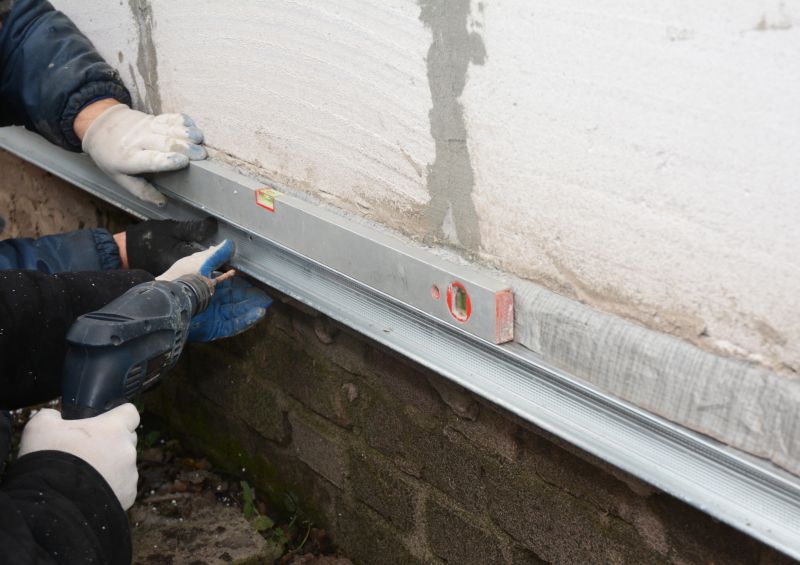
Spring offers optimal conditions for foundation stabilization and repair work.
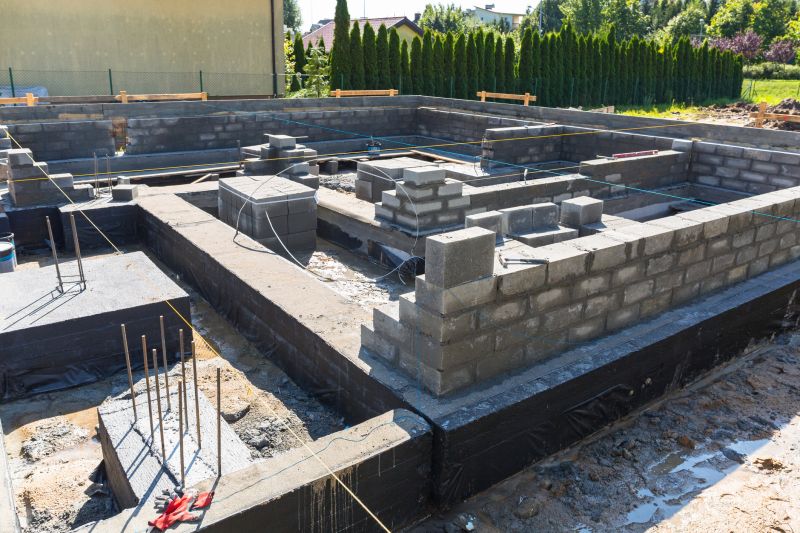
Dry seasons reduce moisture-related complications during foundation work.
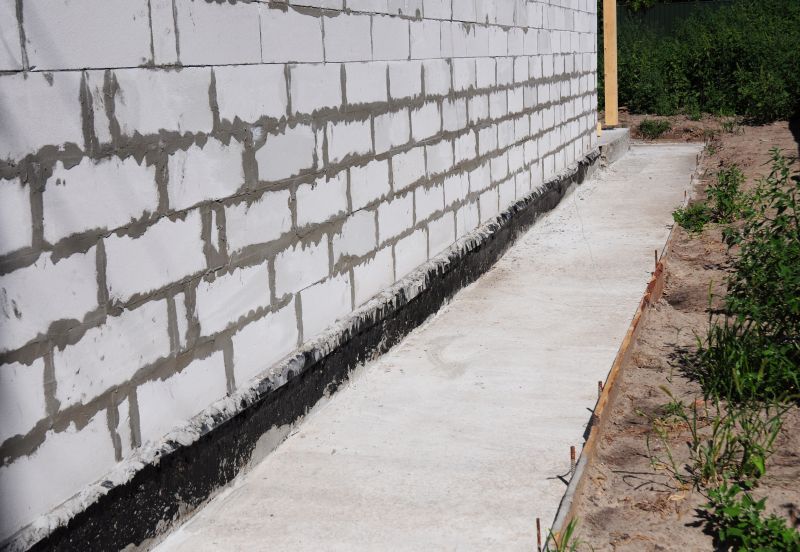
Consistent soil conditions support effective foundation repairs.
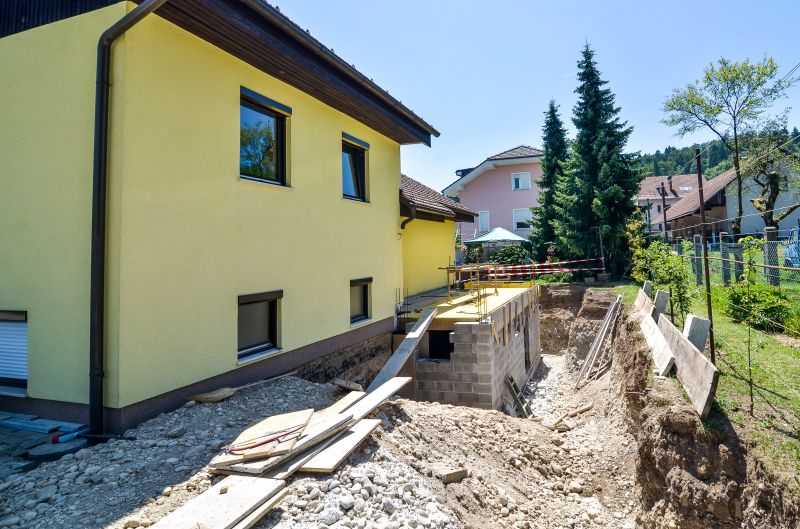
Ways to make Foundation Repairs work in tight or awkward layouts.

Popular materials for Foundation Repairs and why they hold up over time.
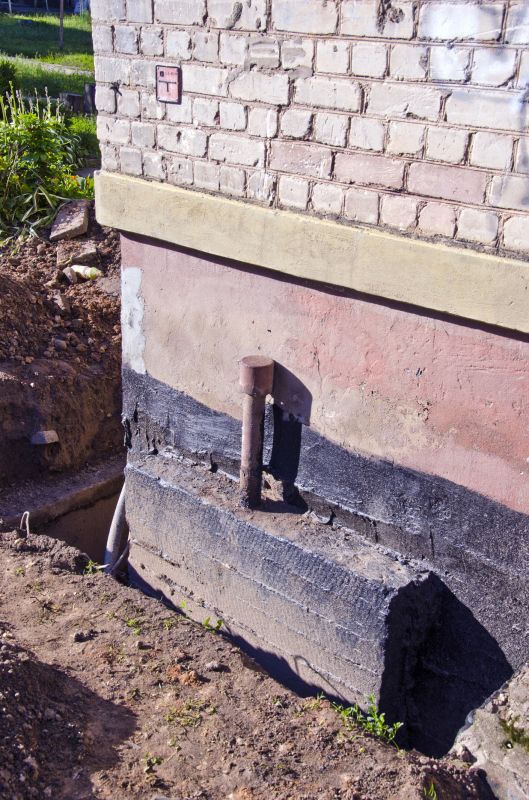
Simple add-ons that improve Foundation Repairs without blowing the budget.

High-end options that actually feel worth it for Foundation Repairs.

Finishes and colors that play nicely with Foundation Repairs.
Foundation repairs are essential for maintaining the structural integrity of a building. Over time, shifts in soil, moisture fluctuations, and natural settling can cause cracks, uneven floors, and other issues. Addressing these problems promptly can prevent further damage and costly repairs. The process involves assessing the foundation, identifying the causes of damage, and implementing appropriate solutions such as underpinning, piering, or stabilization. Proper timing enhances the effectiveness of these repairs, ensuring long-term stability.
| Season | Suitable for Foundation Repairs |
|---|---|
| Spring | Yes |
| Summer | Yes, with precautions |
| Fall | Yes, if weather is dry |
| Winter | No, due to cold and frozen ground |

Assessment, planning, and execution are tailored to seasonal conditions for optimal results.

Proper timing allows for better soil management during repairs.

Timely repairs help maintain the safety and durability of the structure.

Avoiding extreme weather minimizes delays and complications.

Little measurements that prevent headaches on Foundation Repairs day.
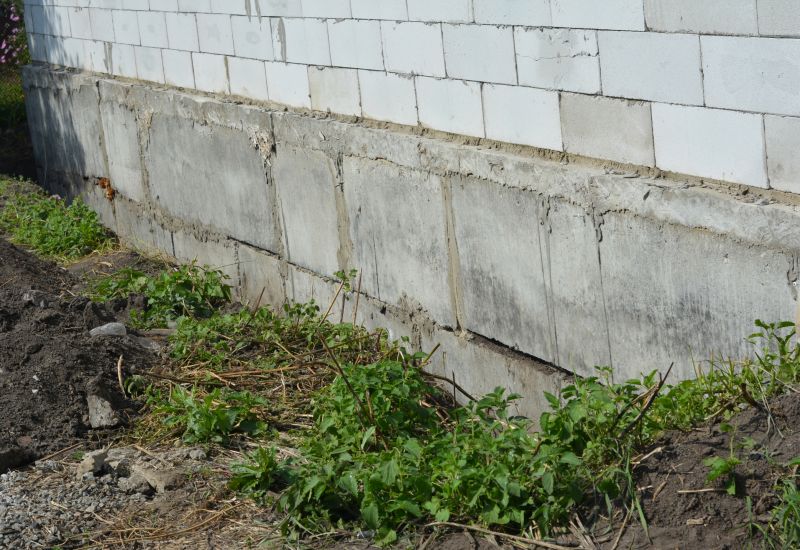
A 60-second routine that keeps Foundation Repairs looking new.
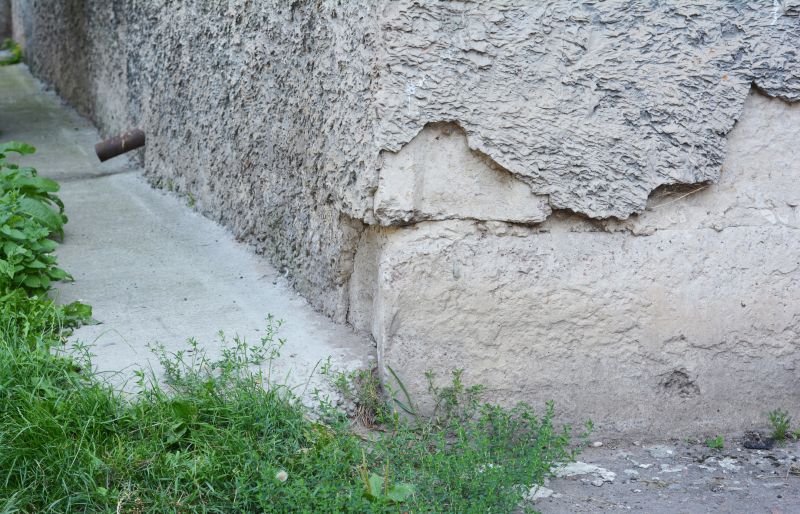
A frequent mistake in Foundation Repairs and how to dodge it.

Small tweaks to make Foundation Repairs safer and easier to use.
Choosing the right time for foundation repairs is crucial for ensuring the longevity and effectiveness of the work. Proper planning around seasonal weather patterns can reduce risks related to soil movement and moisture levels. Regular inspections and early intervention can prevent minor issues from escalating into major structural problems, saving costs and preserving property value.

